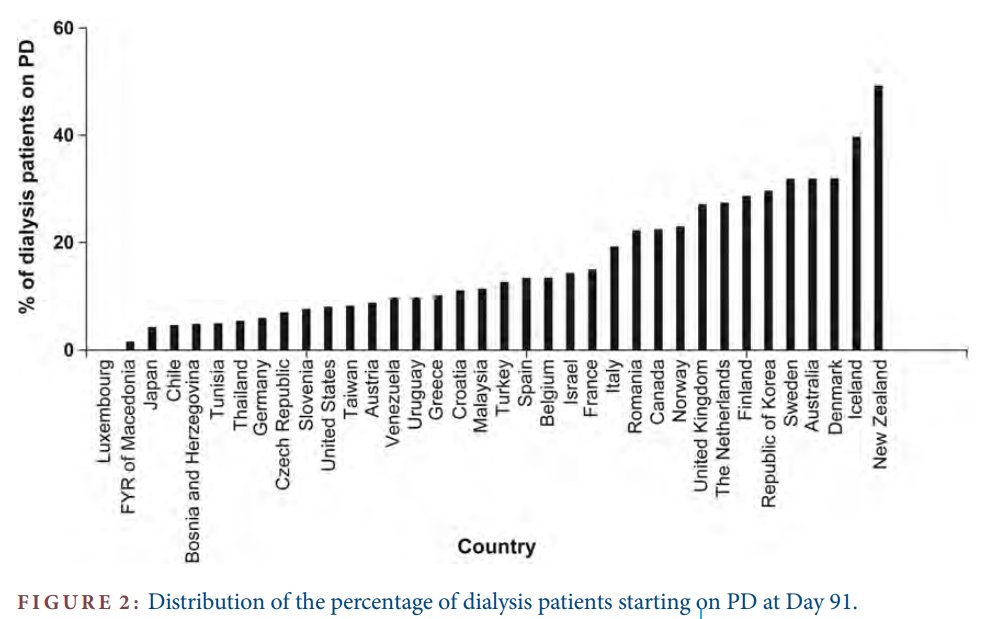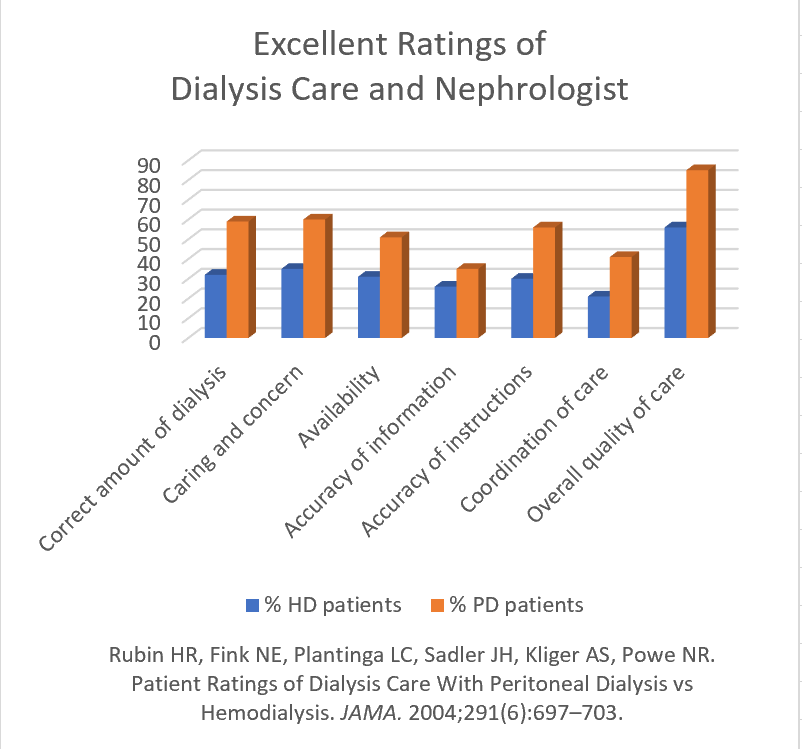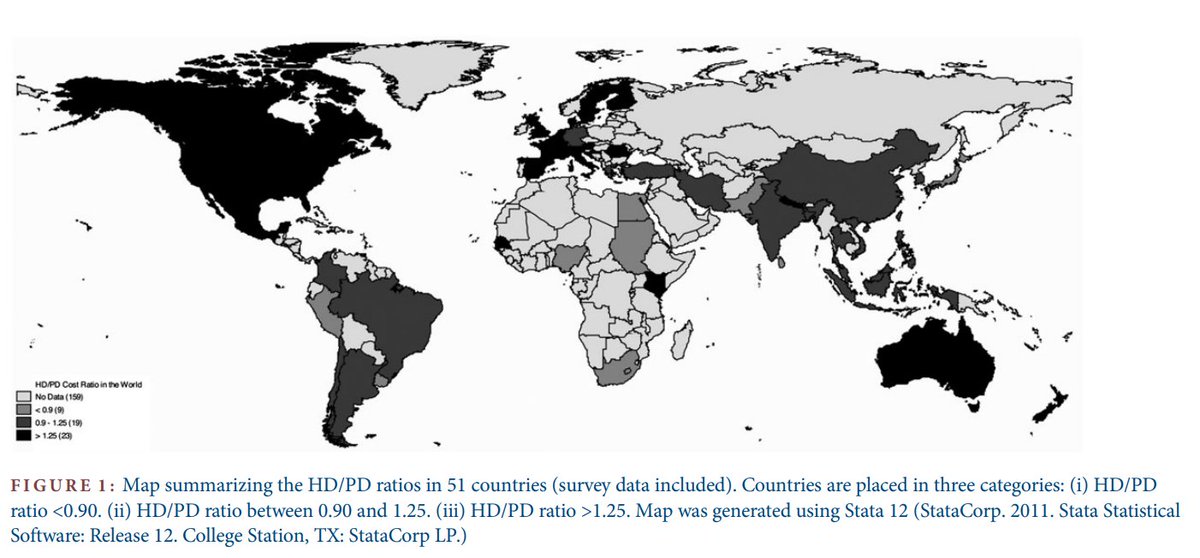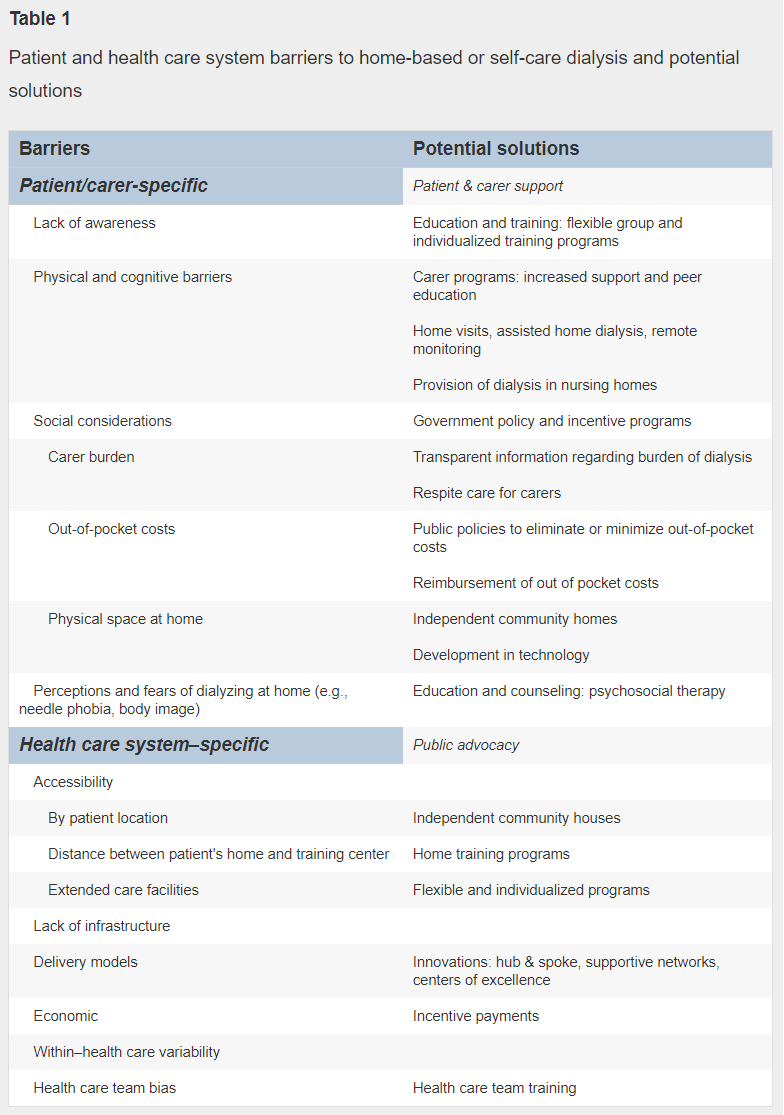Speaking of staying at home 🏠... let’s not forget that #AdvancingAmericanKidneyHealth (AAKH) aims to have 80% of people with kidney failure use a home dialysis modality or obtain a transplant by 2025. Do you know how close we are to that goal?
#NephMadness #EthicsRegion
In the spirit of #StayAtHome (but also because #NephMadness), let’s focus on home dialysis modalities here. Check out this map from the USRDS on prevalence of home dialysis among people on dialysis between 2012-2016.
usrds.org/2019/download/…

How does the United States compare to other countries regarding dialysis modality mix 🎨?
Data from the EVEREST study demonstrate the % of incident patients on PD was 8% in the USA with a median of 12% across 36 other national registries. Source: ncbi.nlm.nih.gov/pubmed/23543592

By the way, the countries with the highest rates of PD were not included in the prior study. They are Hong Kong, El Salvador and Mexico, which have 79%, 76% and 66% of dialysis patients on PD, respectively.😮
Source: ncbi.nlm.nih.gov/pubmed/22302194
Hong Kong has the highest % of PD patients in the world due to a PD first policy. Latin America also has very high numbers of people on PD.
Source: ncbi.nlm.nih.gov/pubmed/23737482
From a population health perspective, PD becomes less common as
✔️% of GDP spent on healthcare increases
✔️% of HD centers run for-profit increases
✔️Cost of PD consumables relative to staffing increases
✔️% of patients with diabetes increases
Source: academic.oup.com/ndt/article/29…
But how about individual choice? What factors do patients perceive as most important when choosing a dialysis modality?
The EPOCH-RRT study surveyed 180 people and found that the 3 most important factors were
1) Maintaining independence (96%)
2) Issues related to quality and quantity of life (94%)
3) Schedule flexibility (92%)
Source: ncbi.nlm.nih.gov/pubmed/25582285
From a patient perspective, we do know that people tend to be more satisfied with their care on PD
Source: ncbi.nlm.nih.gov/pubmed/14871912

Not only are people more satisfied with their care, PD is also linked to...
✔️Better preservation and recovery of residual kidney function
✔️Fewer infectious complications
✔️Better preservation of dialysis access
ajkdblog.org/2020/03/13/nep…
Home HD is associated with:
✔️Improvements in cardiac structure
✔️Nutritional parameters
✔️Potentially survival?
ajkdblog.org/2020/03/13/nep…
In regards to quality of life, some aspects may be improved on PD (ability to work and travel, less pain and diet problems), while others are worse compared to HD (sleep, sexual function)... what works for most people may not work for everyone #BeneficenceVsAutonomy
In addition, mortality risk seems to be no different between HD and PD when adjusted for selection bias (adjusted for demographics, comorbidities, hospitalization history)
Source: jasn.asnjournals.org/content/22/8/1…
From a national perspective, a major benefit of a transition to PD is economic - a comparison of cost between HD and PD across 46 countries found a HD/PD cost ratio of 1.29 in the USA.
Source: ncbi.nlm.nih.gov/pubmed/23737482

Policy such as AAKH can be a powerful driver of outcomes in dialysis, although as featured in #NephMadness, there is a tradeoff with autonomy. The needs of some patients differ. Specifically, people who tend to be placed on HD are:
That’s right - it is all of the above.
In summary:
✔️AAKH aims to have 80% of people who have reached ESRD receive a transplant or be on home dialysis
✔️We are at 38%, of which nearly 80% is transplant and 18% is PD
✔️For 🇺🇸, HD is 1.29 times as costly as PD
✔️PD may not be for everybody, particularly people who are older, more frail or have diabetes
What do you think? Is this feasible? What tradeoffs are there?
And don’t forget, NephMadness is open until April 30!
You can vote for #EthicsRegion ⚖️ here:
tourneytopia.com/AJKD/NephMadne…






